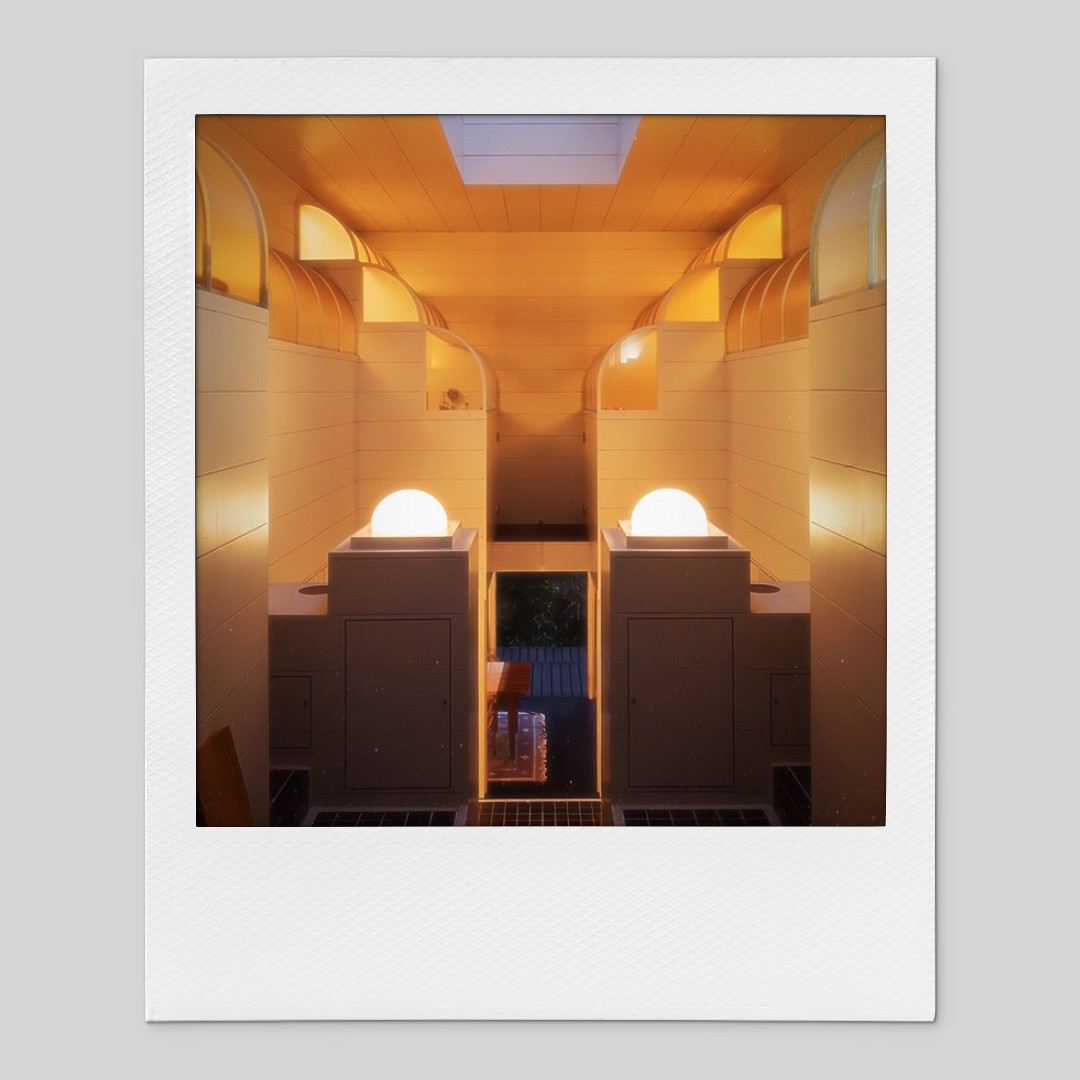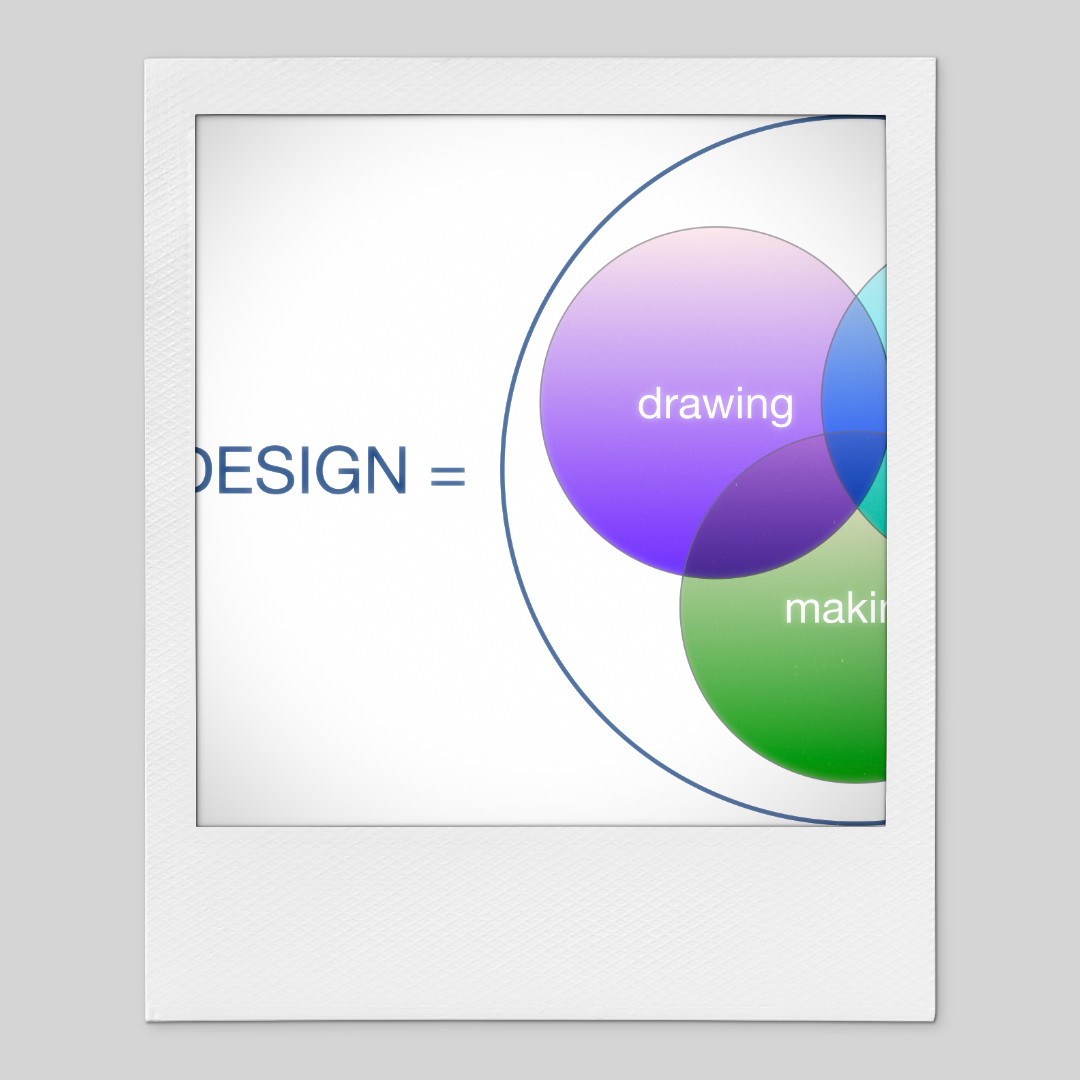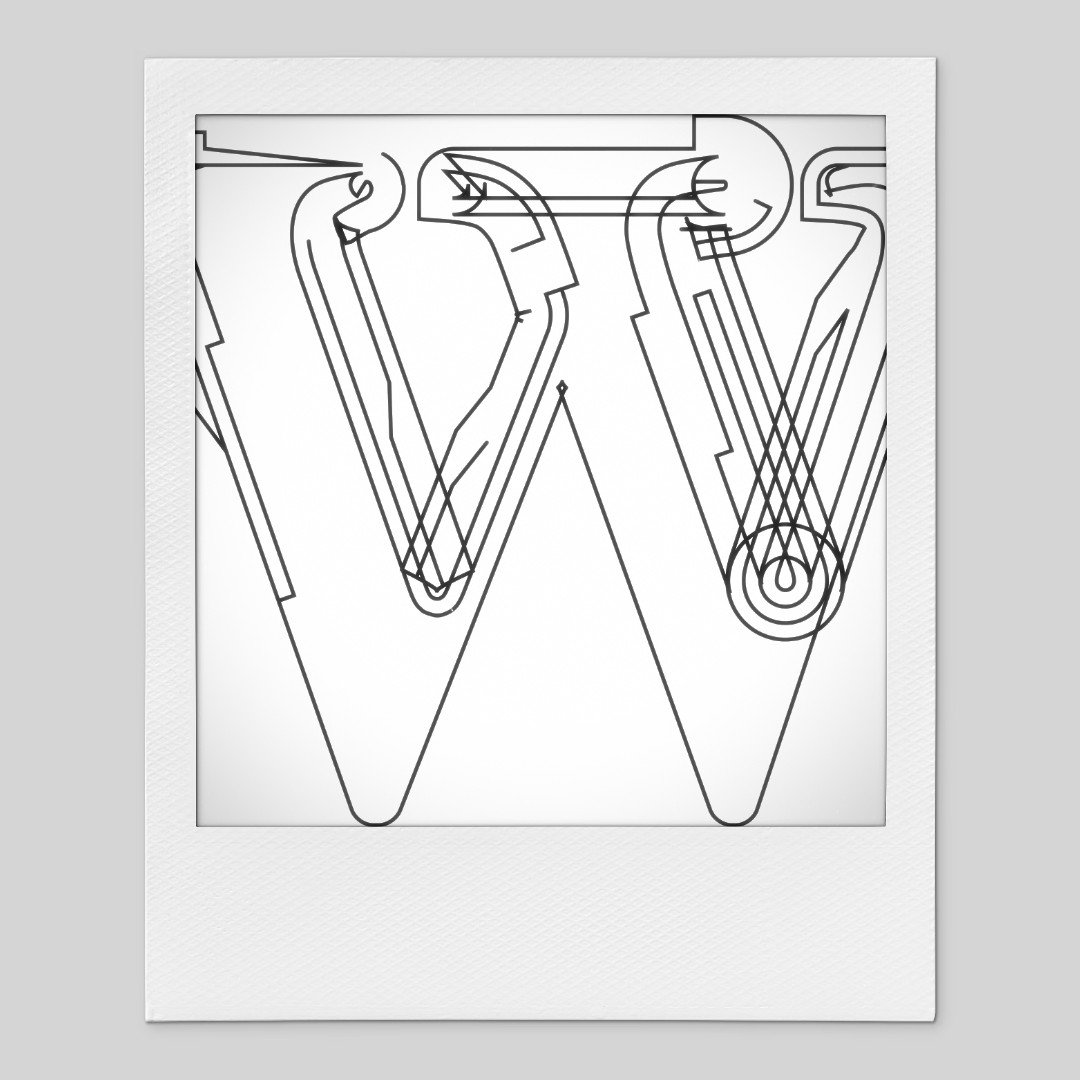There is a pattern in the renovations of inner-city terrace dwellings in Melbourne, Victoria, southern Australia. The nature of the pattern is not so important - but in summary, it involves keeping the heritage-rich front dwelling, while creating an extension, typically open-plan, in the rear of the block. The historic part of the dwelling is left to speak its own language, with decoration and ornamentation and all the trappings. The rear part of the dwelling is understated, modern and often quite minimal, if not minimalist. The whole composition draws a contrast between heritage and modern parts, and it holds the two in relational balance.
I have visited and reviewed many such renovations over twenty years of design journalism. While the pattern is repeated in each case, a wide range of small but significant variations emerge in each project, differentiating them. So the form changes, while being repeated. The projects rhyme, but evolution over time still happens.
So much of architecture fits this mould. Since the emergent rupture of modernism in architecture in the early 20th Century, the culmination of centuries of transformation, functional types have emerged that initially defied the historical precedent. Petrol stations, office buildings, modernist houses espoused as 'machines for living in'. That was then: this is now - now we have more than a century of new and recognisable types, and while some architects like to pretend their buildings are entirely original and functionally derived even now, modernism has a depth of history. Repetition happens, and it drives change.
This can be acknowledged in the stories we tell about design: stories that rhyme, stories that exist in the same genre: but also stories with variations that matter. Repetition is a form of change.

















0 Comments